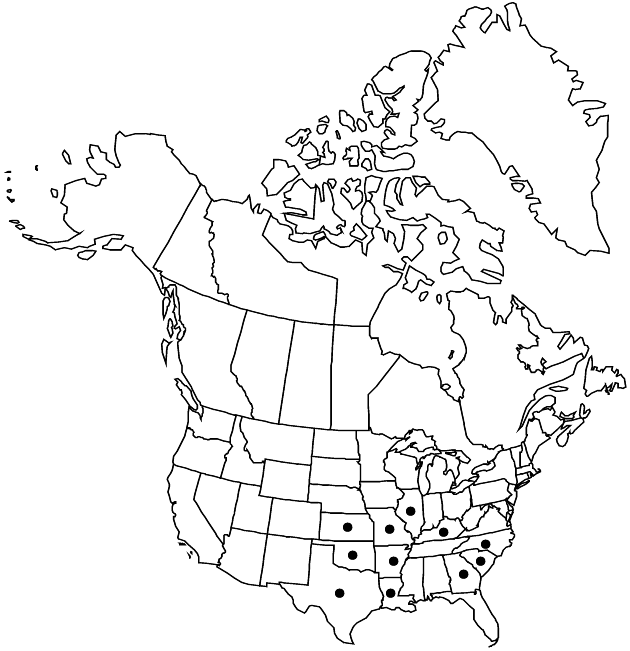Solidago radula
J. Acad. Nat. Sci. Philadelphia 7: 102. 1834.
Plants 30–90 cm; caudices, sometimes also creeping rhizomes as well. Stems usually 1–3, ascending to erect, scabrous to loosely puberulent. Leaves: basal and proximal usually withering by flowering, tapering to long-winged petioles, blades oblanceolate, 30–100 × 7–20 (–30) mm, margins serrate or crenate, mid usually largest, apices acute to obtuse, acuminate, faces scabrous; mid and distal cauline subsessile (1 mm) or sessile, blades (sometimes ± shiny) elliptic to oblanceolate, 10–50 × 5–15 (–25) mm, greatly reduced distally, grading into bracts, firm, bases convex-cuneate to rounded, margins finely serrate, often 3-nerved, nerves usually distinct abaxially, faces distinctly scabrous. Heads 20–260, in paniculiform arrays, narrowly to broadly secund, pyramidal, branches recurved, secund. Peduncles 0.5–2 mm; bracteoles 1–5, linear-lanceolate to ovate, minute, grading into phyllaries distally. Involucres narrowly campanulate, 3–5 mm. Phyllaries in 3–4 series, unequal, oblong, midnerves swollen distally, obtuse or acute to slightly acuminate. Ray-florets 4–7; laminae 2–3.5 × 0.2–0.7 mm. Disc-florets 4–6; corollas 3 mm, lobes 1 mm. Cypselae 1.5–2.5 mm, sparsely to moderately short-strigose; pappi 3 mm. 2n = 18, 36.
Phenology: Flowering Aug–Oct.
Habitat: Open rocky places, dry woods, especially calcareous soils
Elevation: 0–600 m
Distribution

Ark., Ga., Ill., Kans., Ky., La., Mo., N.C., Okla., S.C., Tex.
Discussion
Solidago radula is disjunct in Georgia, North Carolina, and South Carolina. J. R. Beaudry (1969) reported a diploid from Smithville, Dekalb County, Tennessee; that has not been confirmed.
Selected References
None.